A Matter of Survival: Building Better Connections Between High School and College Geography

Some 283,000 students took the Advanced Placement Human Geography (APHG) exam this year, according to the College Board. Imagine if we could persuade even five percent of those students to major in geography at the college level. That would be 14,500 students a year, a number that is over 3.5 times the current number of students who graduate with a major in geography each year in the United States. This is untapped potential waiting to be leveraged at a time when many geography departments in the US are facing serious, if not existential, threats. We can and must do more to build better connections between high school and college geography.
In order to survive and thrive, any discipline needs at least two ingredients. The first is dynamic and cutting-edge research. A discipline makes a mark in the intellectual marketplace if it contributes to a better understanding of the world. Geography has arguably done well in this regard, and the AAG supports the scientific enterprise via its annual and regional meetings as well as its journals.
A discipline makes a mark in the intellectual marketplace if it contributes to a better understanding of the world.
The second ingredient is a robust student body, both at the undergraduate and graduate levels. While US graduate programs in geography attract students from around the world, our undergraduate programs are relatively small and increasingly under threat. This is a problem at both a practical and philosophical level. At a practical level, undergraduate numbers are increasingly seen by administrators as a key indicator of long-term viability, and it is this pool of students that feeds, at least in part, graduate programs and the ranks of professional geographers. At a more philosophical level, many would argue that our population is better equipped to navigate the world and be responsible citizens when they have geographical training. The problem is that the number of undergraduate geography majors has fallen in the US by some 20% since 2011 (see Figure 1). How do we reverse this trend and rebuild and expand the undergraduate geography population in the US? The AAG is exploring this challenge very seriously and I am pleased to be part of an AAG taskforce on geography undergraduate education.
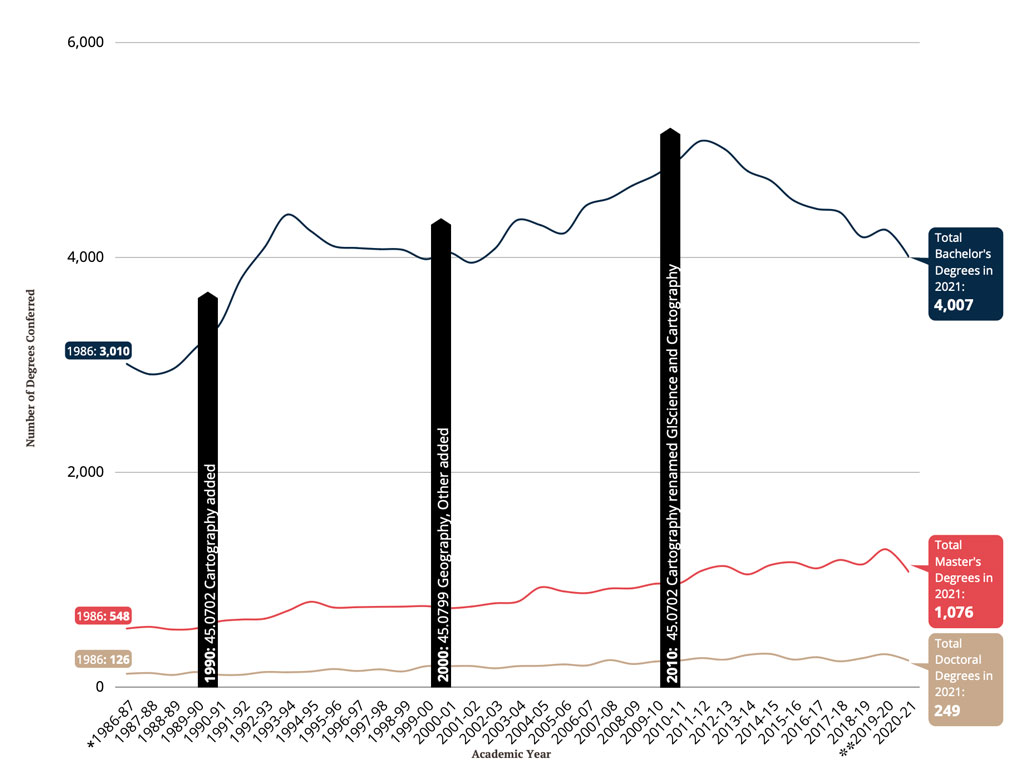
.
This past June I spent two weeks in Cleveland, Ohio preparing for and then grading AP Human Geography (APHG) exams (along with hundreds of other college and high school geographers). The irony is that I don’t like grading, but this is not why I have attended these events for over ten years. I go for the community, the opportunity to connect with high school and college geographers who teach the courses that introduce students to our discipline. These teachers are the foot soldiers of geography and it is their work that powers the long-term viability of our discipline as a field of study. I wish more university geographers and graduate students would participate in this event and, if you have not already done so, I would encourage you to consider attending in-person in the future.
The APHG story is a remarkable one. Starting with the first exam in 2001, at the behest of a small group of dedicated high school and college geography teachers, and supported by the AAG, the number of APHG exam takers has grown by leaps and bounds over the past 25 years (see Figure 2). The program is not perfect. For example, some 70 percent of high school students take the exam when they are freshmen, a stage when many believe young people are not ready for college level material. But the year-long course is comprehensive and rigorous, often representing the only exposure an American student will have to geography during their high school career.

In my informal conversations with many APHG teachers, I have learned that there are a number of things we could do to better capitalize on the increasingly large number of students who take the APHG exam each year. Here are some preliminary suggestions for consideration.
First, even if they deeply enjoy geography as a subject, many high school students and their parents simply don’t know what one might do with a geography degree in terms of a potential career. This is a significant roadblock because it prevents students (and their parents) from seriously considering geography when they apply to college. While the AAG provides information on geography-related careers, we could do more to offer information that is accessible and tailored to high schoolers.
Second, many high school social studies teachers have limited university training in geography. As such, one of the key ways they learn how to teach the APHG curriculum is via AP summer institutes (AP sponsored summer training courses offered by certified, veteran high school instructors and college faculty). These courses could also provide teachers with more geography career-related information and tips on how to integrate it into their courses. For example, what types of professions are available to those who specialize in urban geography, GIS and cartography, or environmental geography? I would encourage APSI instructors to start doing more of this on their own accord, but they could also use more support from the College Board and the AAG.
Third, I believe that college geography departments and individual geographers have a responsibility to make connections with high school geography teachers near and far as a critical form of service to the discipline. As discussed previously, the way I have done this is through my engagement with the annual reading (or scoring) of the APHG exam, but others do this by becoming involved with their state level geography alliances (where they exist) or by reaching out to local high schools. In my case, these connections have led to guest lectures in high school classrooms, the co-authoring of articles with high school teachers and countless informal discussions about geography material. College geography students, perhaps coordinated and facilitated by local chapters of Gamma Theta Upsilon (GTU), the geography honor society, could also connect with local high school geography teachers to speak in their classrooms and share their experiences as geography majors. Let’s be honest, for an audience of high schoolers, college students are likely to be far more persuasive in terms of marketing our discipline.
If we are to survive and thrive as a discipline, geography needs to grow its base of undergraduate geography majors. We would be foolish to not build stronger connections with a rapidly expanding APHG program that represents an enormous pool of potential future students. A strong house needs a solid foundation. Please join me in helping to strengthen ours.
Please note: The ideas expressed in the AAG President’s column are not necessarily the views of the AAG as a whole. This column is traditionally a space in which the president may talk about their views or focus during their tenure as president of AAG, or spotlight their areas of professional work. Please feel free to email the president directly at [email protected] to enable a constructive discussion.
 Cadence Bowen is a senior at Kent State University majoring in Geography with a minor in Geographic Information Science (GIS). Originally from rural Arkansas, her move to the densely populated Northeast Ohio region led to her fascination with the distinction between rural and urban geographies. Her interests include tourism in rural fishing communities, Native American and Alaskan Native geography, regional disparities in early geographic education, environmental gentrification, and urban mapping techniques using open-source GIS. Her goal as a geographer is to advocate for the importance of geographic literacy through forms of digital media sharing. Outside of her academic goals, Cadence enjoys spending her summers traveling and taking on seasonal positions. Last summer, she spent her time working in the service industry in Seward, Alaska, learning more about how tourism affects economies that rely heavily on commercial and sport fishing and local indigenous communities, specifically the Qutekcak Native Tribe. She is super excited to take on the role of being AAG’s Media and Science Communications intern this summer and expand her knowledge of geographic research and media.
Cadence Bowen is a senior at Kent State University majoring in Geography with a minor in Geographic Information Science (GIS). Originally from rural Arkansas, her move to the densely populated Northeast Ohio region led to her fascination with the distinction between rural and urban geographies. Her interests include tourism in rural fishing communities, Native American and Alaskan Native geography, regional disparities in early geographic education, environmental gentrification, and urban mapping techniques using open-source GIS. Her goal as a geographer is to advocate for the importance of geographic literacy through forms of digital media sharing. Outside of her academic goals, Cadence enjoys spending her summers traveling and taking on seasonal positions. Last summer, she spent her time working in the service industry in Seward, Alaska, learning more about how tourism affects economies that rely heavily on commercial and sport fishing and local indigenous communities, specifically the Qutekcak Native Tribe. She is super excited to take on the role of being AAG’s Media and Science Communications intern this summer and expand her knowledge of geographic research and media. Wyatt Gaines graduated summa cum laude from West Virginia University in May 2025 with a major in International Studies and minors in Geographic Information Science and Conservation Ecology. His interdisciplinary academic background informs his interest in applying geographic research to real-world challenges—a passion he brings to his work with the AAG and its diverse initiatives. Outside of academics, Wyatt enjoys weightlifting, studying languages, and watching movies. Since graduating, he has moved to Japan to work part-time as an American Youth Ambassador at the American Pavilion at the 2025 Osaka World Expo. He is honored to serve as one of AAG’s Community Support interns for the summer term. After his time with AAG, Wyatt plans to continue working in the NGO and nonprofit sectors and pursue graduate study.
Wyatt Gaines graduated summa cum laude from West Virginia University in May 2025 with a major in International Studies and minors in Geographic Information Science and Conservation Ecology. His interdisciplinary academic background informs his interest in applying geographic research to real-world challenges—a passion he brings to his work with the AAG and its diverse initiatives. Outside of academics, Wyatt enjoys weightlifting, studying languages, and watching movies. Since graduating, he has moved to Japan to work part-time as an American Youth Ambassador at the American Pavilion at the 2025 Osaka World Expo. He is honored to serve as one of AAG’s Community Support interns for the summer term. After his time with AAG, Wyatt plans to continue working in the NGO and nonprofit sectors and pursue graduate study.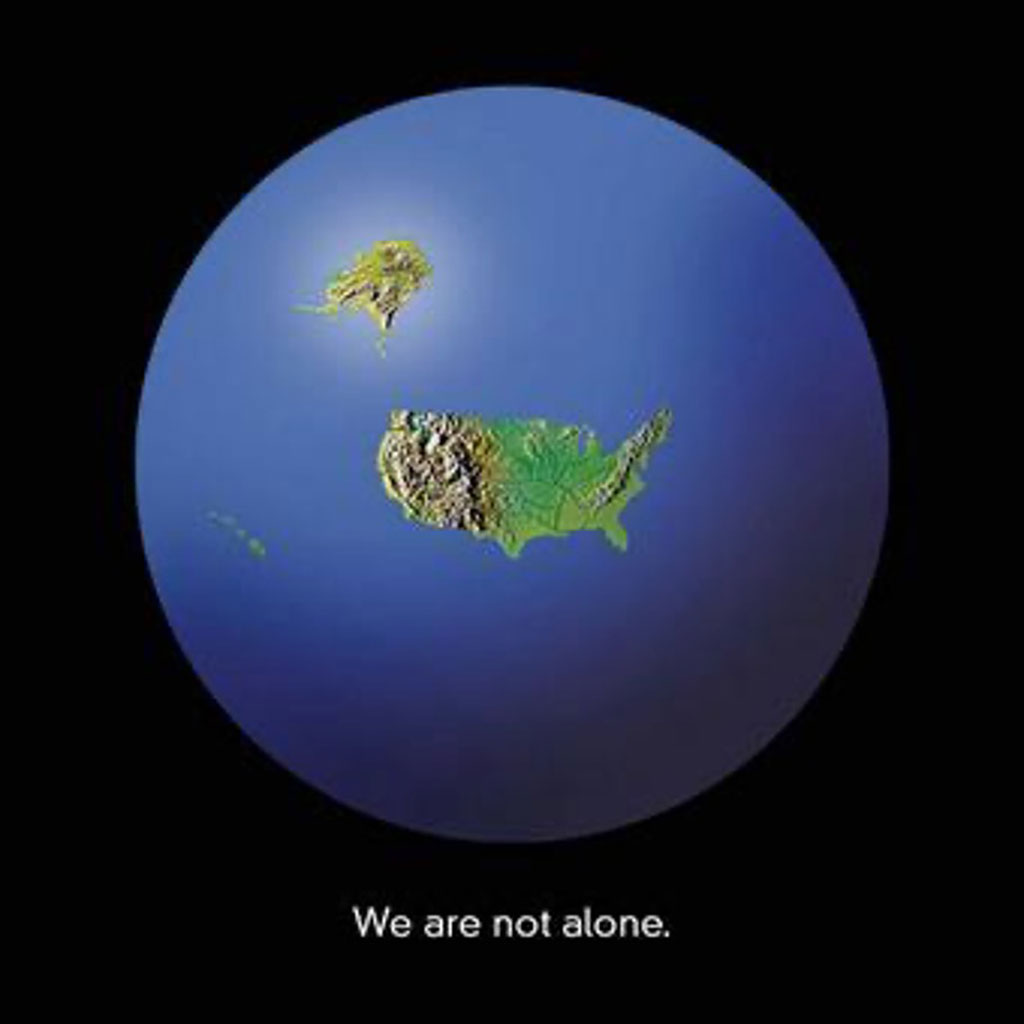

 There is a strange thing that happens once you are hired or appointed to a leadership post within higher education. You, the racialized you, sit in the chair, hopefully a functional one, and the onslaught begins. The type of onslaught that no orientation program or notes from the previous seat holder can prepare you for, because they are often unprepared to actually provide any assistance to you on such matters. What matters? The matters of Race, the matters of gender, and the matters of difference. At least on matters of Race, becoming and being an administrator of color leaves you with very little insight from literature in higher education (most studies and discussions are pre-2000s: Poussaint, 1974; Wilson, 1989). More contemporary discussions have been focused on the (needed) diversification of leadership in the university (Jackson, 2003; McCurtis, Jackson, & O’Callaghan, 2009) or have been focused on pathways that were undertaken to become leadership of color in the university (Liang, Sottile, & Peters, 2016; McGee, Jett, & White, 2022; Valverde, 2003).
There is a strange thing that happens once you are hired or appointed to a leadership post within higher education. You, the racialized you, sit in the chair, hopefully a functional one, and the onslaught begins. The type of onslaught that no orientation program or notes from the previous seat holder can prepare you for, because they are often unprepared to actually provide any assistance to you on such matters. What matters? The matters of Race, the matters of gender, and the matters of difference. At least on matters of Race, becoming and being an administrator of color leaves you with very little insight from literature in higher education (most studies and discussions are pre-2000s: Poussaint, 1974; Wilson, 1989). More contemporary discussions have been focused on the (needed) diversification of leadership in the university (Jackson, 2003; McCurtis, Jackson, & O’Callaghan, 2009) or have been focused on pathways that were undertaken to become leadership of color in the university (Liang, Sottile, & Peters, 2016; McGee, Jett, & White, 2022; Valverde, 2003).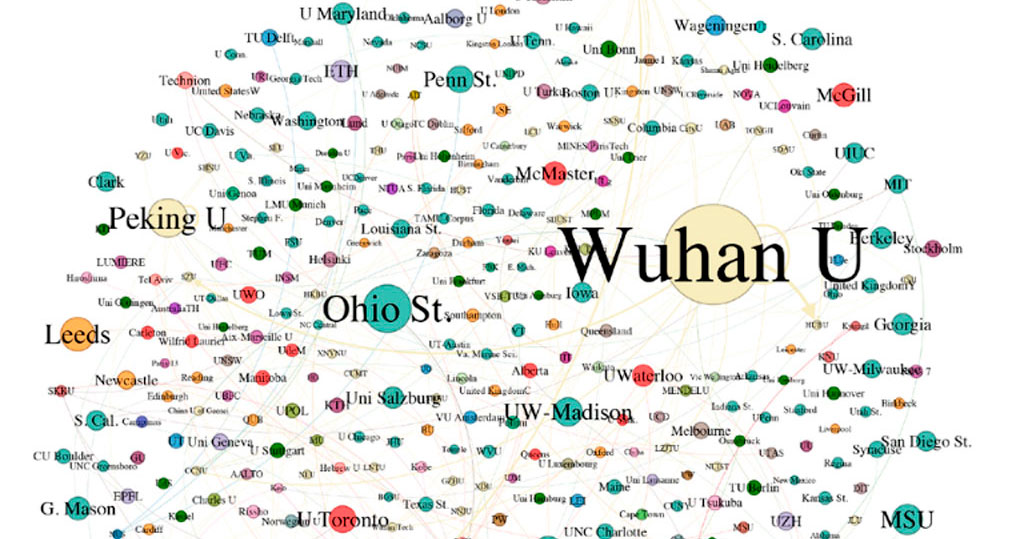

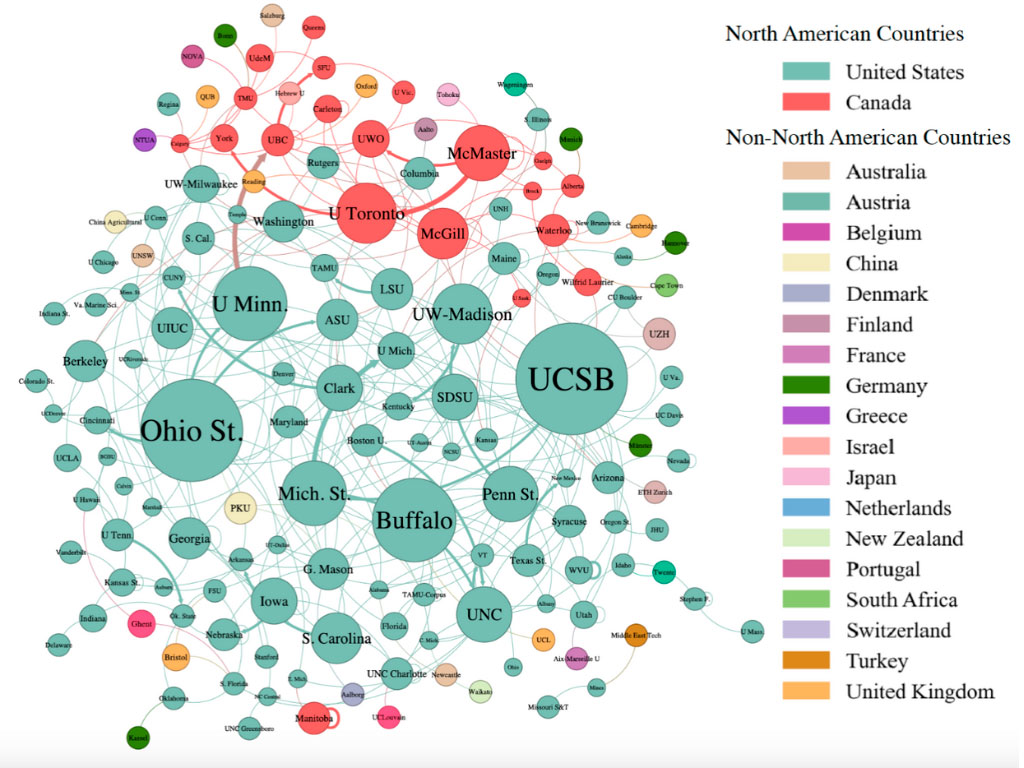
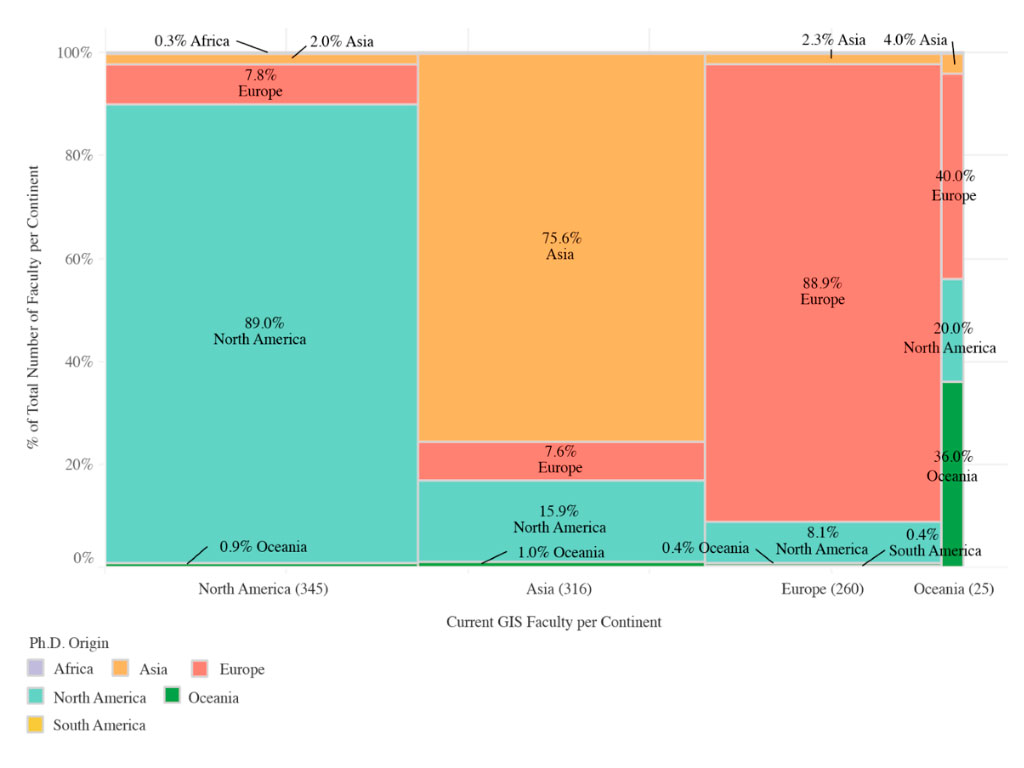


 For almost a quarter century, the AAG’s
For almost a quarter century, the AAG’s 

